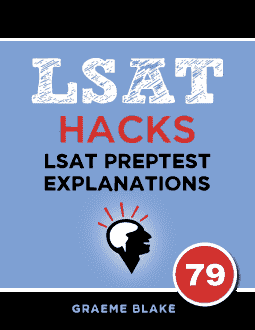This question says that P is the only computer to make two transfers. That’s significant. Rule 3 says that one computer transfers to R and S. So, in this case, P transfers to R and S:

(Rule 2 is also on this diagram: S transfers exactly once)
We know P must have T or U in front of it (rule 5), so we can turn this into two scenarios. To do that, you should remember the transfer rule for Q: either R or T transfers to Q.
And only P can make multiple transfers. So, if we put T in front of P, then T transfers only to P, and that means that R must go in front of Q:

U goes after S, because S transfers to something, and only U is left – there are only six computers.
If we put U in front of P, then we get this scenario:

T goes after S, because something has to go there, and it can’t be Q (rule 4, only R or T can transfer to Q). Q is then free to go after either R or T – I’ve drawn it floating to the right of the diagram to show that it has more than one possibility.
C is CORRECT. In both scenarios, Q makes no transfer.

Want a free Logic Games lesson?
Get a free sample of the Logic Games Mastery Seminar. Learn tips for going faster at logic games


Leave a Reply